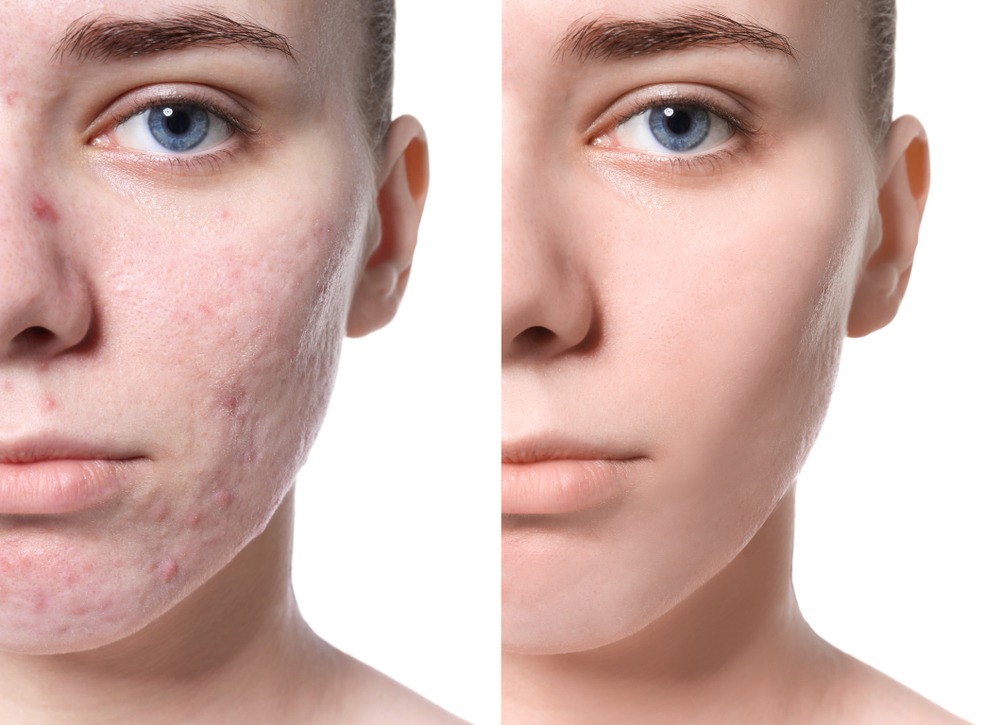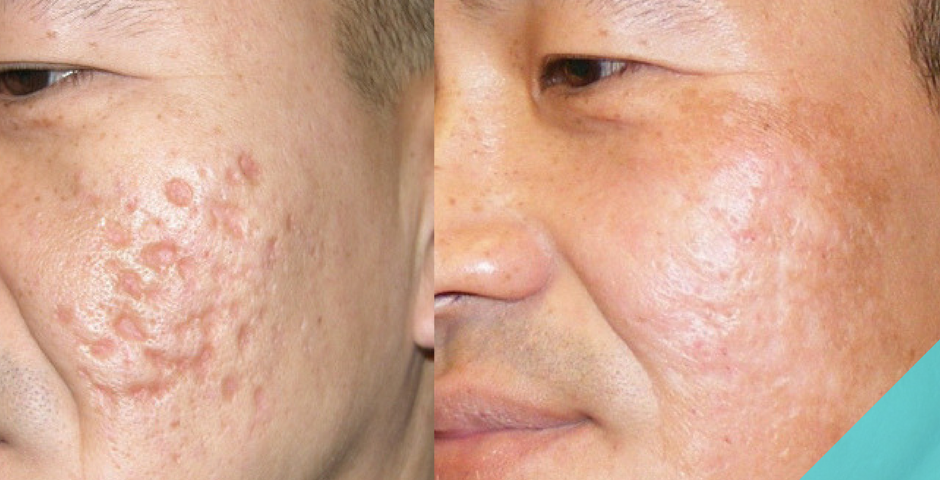Ideal Acne and Acne Scars Treatment: Restore Your Skin's All-natural Appeal
Recognizing the Numerous Skin Disease and Efficient Therapy Options for Acne Marks
Acne marks stand for an intricate interplay of skin disease that considerably impact individuals' self-esteem and general skin health and wellness. Understanding the distinct types of acne marks-- atrophic and hypertrophic-- along with their underlying causes, is crucial for identifying reliable treatment techniques. Various healing options exist, ranging from sophisticated skin-related procedures to natural solutions. Nevertheless, the efficacy of these treatments typically pivots on individualized evaluations by qualified professionals. As we check out the landscape of acne scar management, it comes to be evident that the journey towards clearer skin may involve even more than just topical solutions.
Types of Acne Marks
Acne marks can manifest in numerous types, each calling for specific therapy approaches. The 2 primary categories of acne marks are hypertrophic and atrophic scars. Atrophic scars are characterized by a loss of tissue, resulting in depressed areas on the skin. These scars are additional categorized into three subtypes: ice pick marks, which are narrow and deep; boxcar marks, which are wider and have distinct edges; and rolling scars, which create a wave-like appearance due to irregular skin texture.
In contrast, hypertrophic scars arise from an overflow of collagen during the recovery process, leading to raised areas on the skin. These scars are commonly firm and can differ in color, sometimes appearing red or darker than the bordering skin.

Reasons of Acne Scarring
Marking occurs as a result of the body's all-natural recovery reaction to inflammation and injury triggered by acne sores. When acne forms, it sets off an inflammatory feedback, bring about the release of different cytokines and growth factors that promote healing. This procedure can often lead to too much tissue formation or poor fixing, resulting in scars.
The main reasons for acne scarring consist of the intensity of the acne itself, duration of the lesions, and private skin kinds. Severe inflammatory acne, such as cysts and nodules, is most likely to cause scarring because of much deeper cells damages. Additionally, improper handling of acne sores, such as selecting or squeezing, can intensify cells injury and swelling, increasing the probability of scarring.
Hereditary predisposition also plays a significant role; people with a family members history of scarring are at a higher risk. Moreover, skin kind and color can affect scar formation, as darker skin tones might experience post-inflammatory hyperpigmentation, while lighter skin may create atrophic scars.

Treatment Alternatives for Scarring
Reliable therapy options for acne scarring vary depending on the type and intensity of the marks. Normally classified into atrophic, hypertrophic, and keloid marks, these conditions need customized approaches for ideal outcomes.
For atrophic scars, which are characterized by a loss of tissue, treatments such as chemical peels, microdermabrasion, and laser therapy are frequently utilized. These methods advertise skin revival and boost collagen manufacturing, therefore improving skin texture. Subcision, a minimally intrusive treatment, can additionally work by damaging up coarse bands beneath the skin.
Keloid and hypertrophic marks can be a lot more challenging to treat. Alternatives include corticosteroid injections to minimize inflammation and flatten the scars. acne treatment for sensitive skin. Sometimes, cryotherapy or laser treatment might be advised to lessen their appearance
Surgical choices are available for serious scarring, where excision or skin grafting might be needed. It's important for people to consult with a skin doctor to evaluate their details mark type and review one of the most ideal therapy plan. Incorporating multiple treatments frequently produces the ideal results, making certain that each client's distinct skin condition is dealt with successfully.
Natural Home Remedy and All-natural Solutions
Natural options and natural home remedy can provide an accessible strategy for people seeking to improve the appearance of acne marks. Numerous active ingredients located in the home cooking area have demonstrated potential benefits in boosting skin texture and promoting healing.
Applying fresh aloe vera gel directly onto the marks can help boost skin hydration and minimize redness. Honey possesses natural antibacterial and moisturizing high qualities that can aid in mark healing.
An additional efficient choice is lemon juice, which functions as a natural exfoliant and can lighten hyperpigmentation. It must be used meticulously, as it may cause photosensitivity. Oat meal masks are additionally advantageous; their mild exfoliation can assist remove dead skin cells while relaxing irritability.
Vital oils, such as tea tree oil and lavender oil, can further sustain mark healing because of their antimicrobial buildings. It is crucial to carry out a spot test prior to applying any type of solution to ensure there are no negative reactions. These natural remedies can be a corresponding strategy in the this hyperlink journey to decrease acne marks.
Avoiding Future Scarring
Adopting a proactive approach to skincare can considerably lower the threat of creating future acne find out here now scars. Regular cleansing, exfoliation, and hydration can aid maintain skin health and prevent blocked pores.
In addition, staying clear of the lure to choose or squeeze acne sores is vital, as this can cause inflammation and succeeding scarring. Rather, individuals ought to concentrate on applying topical treatments that advertise recovery and decrease swelling. Components such as salicylic acid, benzoyl peroxide, and retinoids are recognized for their efficacy in managing acne and lessening scars.

Last but not least, preserving a healthy and balanced diet plan abundant in antioxidants and staying moisturized assistances skin regeneration. By implementing these safety nets, individuals can significantly lower their risk of future scarring and promote overall skin health and wellness.
Final Thought
To conclude, a detailed understanding of acne marks, including both hypertrophic and atrophic kinds, is vital for effective therapy strategies. Customized interventions, consisting of expert therapies and natural remedy, can considerably boost skin appearance and structure. Precautionary measures additionally play an essential function in decreasing future scarring. Assessment with a skin doctor stays vital to design customized approaches that consider private skin kinds and mark seriousness, inevitably boosting the efficiency of mark administration techniques.
Acne marks stand for an intricate interplay of skin problems that considerably impact people' self-confidence and general skin health and wellness. The 2 primary categories of acne scars are atrophic and hypertrophic marks. These scars are further identified into 3 subtypes: ice pick scars, which are deep and slim; boxcar scars, which are bigger and have distinct edges; and rolling scars, which develop a wave-like look due to irregular published here skin texture.
A complete consultation with a skin specialist can assist identify the most ideal intervention, taking right into account the individual's skin type, scar severity, and general skin health and wellness.
Assessment with a skin specialist stays vital to devise individualized methods that consider specific skin types and scar intensity, ultimately boosting the efficacy of scar administration methods.